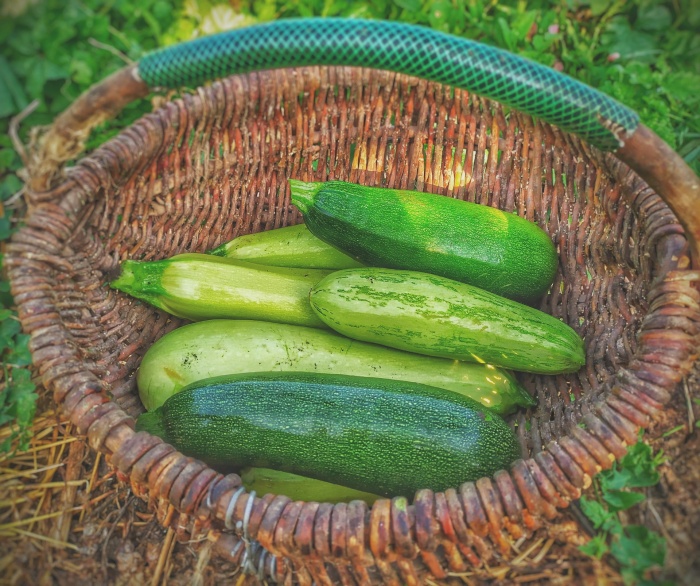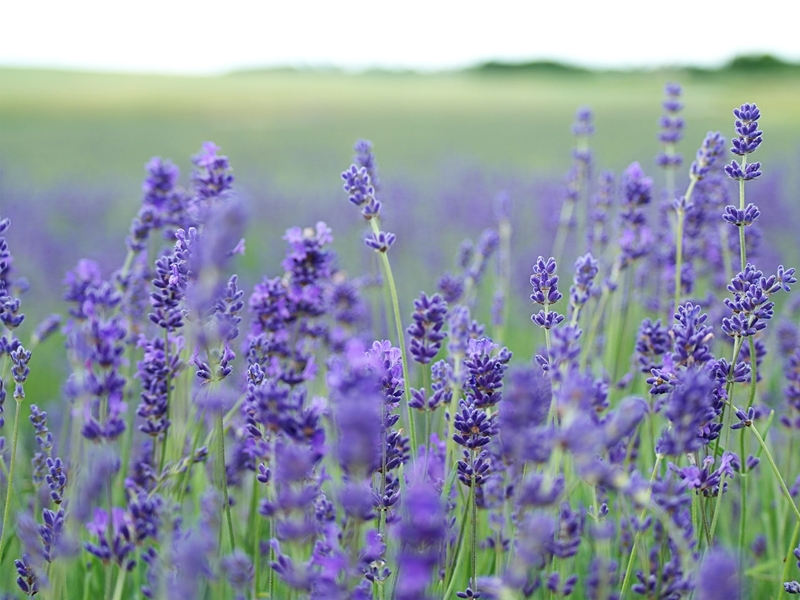Suisun City Seeks Community Input on Addressing Biggest Local Climate Challenges
Aug. 24, 2022
For immediate release
Media Contact: Allison Nagel
805-512-0901
allison@sustainablesolano.org
Interviews, photos and other materials available upon request
Suisun City Seeks Community Input on Addressing Biggest Local Climate Challenges
Suisun City faces threats in the years ahead from a variety of climate-related issues, most notably flood risk from sea level rise and more severe storms. A new report outlines some of these issues and will serve as a starting point for community conversations around risks and possible solutions for the city to pursue.
Details from the report and opportunities for community input will be covered in a presentation to the Suisun City Council at its meeting Tuesday, Sept. 6. Alex Lunine, Sustainable Solano’s Resilient Communities program manager, will give the presentation.
The report comes out of a Community Resilience Building Workshop hosted by Sustainable Solano through its Resilient Neighborhoods program and under the guidance of The Nature Conservancy. This June workshop brought together city residents, business owners, city leaders and environmental professionals to talk over environmental hazards and outline some preliminary community priorities. The Nature Conservancy created a summary report from this meeting that will now be used by Sustainable Solano, the city, and a core team of community members and local officials to seek resident feedback and guidance.
Mayor Pro Tem Alma Hernandez, who also is a member of the core team, noted that Suisun City is the first West Coast city to host a Community Resilience Building Workshop with The Nature Conservancy. She said there is potential to help other cities in the region benefit from those efforts and find similar ways to connect with community members around climate challenges.
“Suisun City in Solano County is emerging as a leader in the environmental and climate space,” she said.
The United States Conference of Mayors recognized Suisun City this summer with a Local Climate Action Award for its city-wide energy and infrastructure program to curb greenhouse gases.
“We definitely have much more work to do, which is why we are proactively engaging with Sustainable Solano, BCDC [San Francisco Bay Conservation and Development Commission], and other agencies to continue to work on pressing environmental concerns such as sea level rise,” Hernandez said.
Highlights of the report include identifying some high-priority areas for possible action, including
- Access grants to install preventative flood infrastructure such as living-levees and critical pump stations;
- Implement hazard and warning signs along flood-prone roadways to increase public awareness;
- Bring findings to City Council to get flooding prevention measures enacted and to incorporate successful actions by neighboring Bay Area communities;
- Secure funds to continue vulnerability assessments and planning over the next 10 years.
Other risks discussed in the report include wildfires, earthquakes and high wind events.
Suisun City residents are encouraged to read through the report and take advantage of a number of opportunities to engage around the environmental issues outlined.
These include attending the City Council meeting on Sept. 6; attending a meeting of the city’s Environment and Climate Committee, which meets on the fourth Monday of each month; or participating in a special listening session as part of the Suisun City Climate and Environmental Festival planned for Saturday, Oct. 22. The Festival will have a special focus on the report this year, with a speaker on the challenges Suisun City faces, presentations from Sustainable Solano’s Resilient Neighborhoods interns, and a listening session with city officials and community leaders around the report and community-directed action to address these challenges.
Sustainable Solano will be at the #IARTSuisun community art event on Saturday, Sept. 17 — another opportunity to discuss the environmental challenges and the report in advance of the Festival. Community members are also encouraged to participate in a Suisun City Flood Walk offered from 4-5 pm on the second and fourth Saturdays of the month, where they can learn more about the flood risks faced by the city and share their insight.
Sustainable Solano has also created a simple feedback form to gather community input or questions about the report that can be shared with city leaders.
About Sustainable Solano
Sustainable Solano is a countywide nonprofit organization that is dedicated to “Nurturing Initiatives for the Good of the Whole.” The organization, now in its second decade, brings together programs that support and sustain one another and the Solano County community. Initiatives include sustainable landscaping, local food, resilient neighborhoods, youth leadership, sustaining conversations and community gardens.
For more information, visit sustainablesolano.org
Sustainable Solano’s Resilient Neighborhoods program is funded through the Pacific Gas & Electric Corporation Foundation.
Learn more here: https://sustainablesolano.org/project/suisun-city-resilient-neighborhoods/
Important events to offer Climate report feedback:
6:30 pm Sept. 6: Suisun City Council meeting (with public presentation)
6 pm Sept. 26. : Environment and Climate Advisory Committee meeting
Oct. 22: Climate and Environmental Festival (with listening session on the report) (more details will be available soon)
Relevant links:
Suisun City Community Resilience Building Summary Report: https://tnc.app.box.com/s/wg7eby3hcn01ngvyon42rirm1srotw0d
Suisun City Council: https://www.suisun.com/government/city-council/
Environment and Climate Advisory Committee: https://www.suisun.com/government/citizen-governance/environment-climate-committee/
Climate and Environmental Festival (2021): https://sustainablesolano.org/climate-environmental-festival-reconnects-community-to-create-change/
#IARTSuisun: https://www.facebook.com/iartsuisun/
Upcoming Flood Walks: Sept. 10: https://www.eventbrite.com/e/910-suisun-city-marina-flood-walk-tickets-406485467977
Sept. 24: https://www.eventbrite.com/e/924-suisun-city-marina-flood-walk-tickets-406485959447
Feedback Form: https://www.surveymonkey.com/r/BZQHSGW




